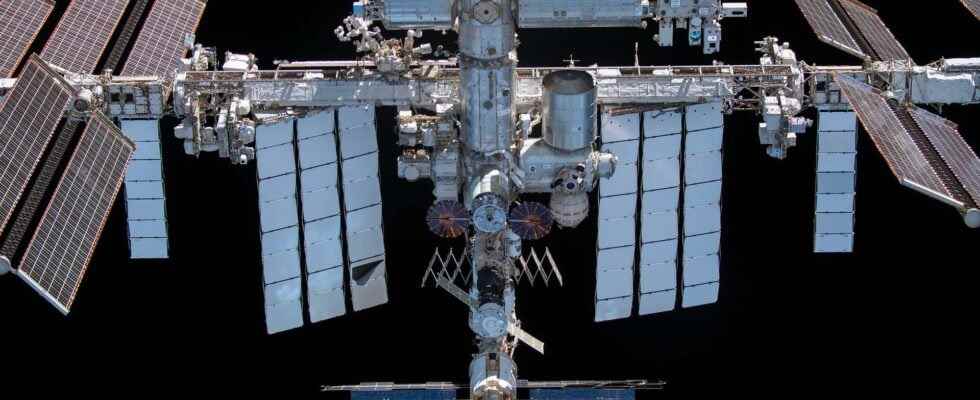NASA estimates that three Progress and a Cygnus (backup) will be enough to de-orbit the orbital complex. A compelling storyline.
You will also be interested
The end of an era… We had to digest the announcement made by the Nasa of the deorbiting of the international space station scheduled for January 2031. We knew that the orbital complex was not forever. He even exceeded thelife expectancy for which it was designed. But to learn only a few days after NASA indicated that it was extending its duration of life until 2030 and its intention to make the most of it until then, suggested that it might have worked perhaps until 2035.
By 2029, the station will continue to operate normally. The latest reviews of the analysis of the state of the structure of the various partners (Russia, Japan, USA and Europe) are reassuring and indicate that the orbital complex can operate until this date without causing any particular risk. The lifespan of the ISS is limited by the proper functioning and resistance to the space of its primary structure which includes the pressurized modules, the radiators heatsinks heat and structures in trellis. In May 2021, Walter Cugno, director of Science and Exploration activities at Thales Alenia Space (which built many of the station’s modules), wanted to reassuring about the solidity of its modules. Other systems such as power, environmental control and life support, or communications for example, are all repairable or replaceable in orbit.
The Russian segment is the one that is aging the least well. Among the latest incidents to date, a atmospheric leak in the service module and cracks without gravity for the safety of astronauts have since been under constant surveillance. That said, Roscosmos wants to be reassuring and is working in a good spirit with the other partners to ensure that there is no threat to the viability of the ISS.
NASA has given information on how it intends to go about plunging the station above Nemo point. In its nominal scenario, ground controllers will program retrograde maneuvers of the ISS to slowly lower its operational altitude. These maneuvers will begin as early as January 2030. The precise dates cannot be determined in advance as they will depend on the activity of the solar cycle and its effect on theatmosphere terrestrial (higher solar activity tends to expand the Earth’s atmosphere, which increases the resistance to speed from the ISS. This can lead to more drag and natural elevation loss). These maneuvers will be carried out by three Russian Progress cargo ships and NASA is studying the possibility of using a Cygnus “just in case”. Indeed, NASA must protect itself from a breakdown or a technical problem of a Russian cargo ship. The propulsion capabilities of the Cygnus, whose module is built by Thales Alenia Space, will be extended.
Once the orbit of 280 kilometers has been reached, the ISS will be aligned on a trajectory with Nemo as its landing point in the Pacific Ocean, the most remote region of the Planet which has become, since the beginning of the conquest of the space, the graveyard of space objects. A final boost will precipitate the ISS into the atmosphere and after a nice fire of ephemeral fireworks, the remains of the station will sink to the bottom of the ocean.
Interested in what you just read?
